
In Bombay, India's largest city, you will find what is frequently called the world's most expensive residence. That edifice belongs to Mukesh Ambani and his family. That man, of course, is routinely at or near the top of lists of the world's richest human beings. I don't have any idea of his worth, but it's a lot.
Actually, it would be safe to say that we have not just one, but more than a few of the world's richest in India. Not all are in Ambani's league, but they are certainly beyond the league of most of the rest of us Indians. Way, way beyond.
Here are some ways of considering this idea. In 2024, we had 85,698 people whose personal wealth was at least a million dollars. Among these were 191 who were dollar billionaires (figures quoted widely, e.g. this report) Among those 191 was, of course, Mukesh Ambani.
India's per capita income - divide our GDP of close to $4 trillion by our population of about 1.4 billion - is just under $3000. If we consider that as a measure of wealth, that bald number hides an intriguing fact. 40% of the country's wealth belongs to the richest 1% of the country (reported widely too, e.g. this report). That's about 14 million people, or over 150 times the count of Indian dollar millionaires. Subtract those 14 million and their wealth, and the per capita income of the remaining 99% of India drops to about $1800. Think of that.
One more thing to think about. On India's spectrum of rich to poor, the bottom 50% controls just 3% of the country's wealth. What then is the per capita income of this poorer half of India? About $180. One hundred and eighty dollars. A pretty steep drop, you'll agree, from $3000 or even $1800.
Which brings me to this thought: If India has one or more of the world's richest people, it's a good bet that India also has one or more - many more - of the world's poorest.
Why is that a good bet? Well, consider only something that India's Government touts in its publicity material. This is the Pradhan Mantri Garib Kalyan Anna Yojana (PMGKAY), the Prime Minister's food welfare scheme for the poor. It was actually started several years ago, and in January 2024, the Prime Minister announced that it had been extended for five more years.
The PMGKAY, according to a Government press release, has "the specific purpose of ameliorating the hardships faced by the poor and needy ... [and] to remove the financial burden of the poor beneficiaries." So under the scheme, food grain will be distributed free of cost to ... wait for it ... 810 million Indians.
Let me be quite clear: I think this is a wonderful scheme. And by no means is it the first of its kind. In 2011, I came face-to-face with one such. The Chhattisgarh government had a scheme then for its poorer residents under which they could buy up to 35 kg of rice a month at Rs 2 per kg. (Compare to about Rs 30 we paid at the time for rice in Bombay, and about Rs 70 today.) That Rs 2, then, was a measure of poverty in Chhattisgarh, and in other states that had similar schemes.
Yet in a village called Bamhni that I visited with a small team of doctors, I found an even better measure of poverty in Chhattisgarh. While the doctors met patients, I wandered about and spoke to residents. Almost every house of the dozens I passed had a red notice painted beside its front door. It stated that that household was eligible for rice at Rs 1 per kg.

In other words, that family was too poor to afford rice at even Rs 2.
So yes, I applaud this Government's PMGKAY with all my heart. To me, there is no better way to spend my taxes than on fellow Indians who need all the help they can get.
Yet remember, 810 million Indians is nearly 60% of us. Think of that again: six of every ten Indians, so poor that they cannot afford to buy food. So poor that our government chooses to give them food for free. And this handout should hardly surprise anyone, given the calculation above, that half of India earns just $180 a year.
All of which is why I suspect that if there was some way to rank the poorest humans on earth, like we rank the richest ones, the absolute poorest might be Indian, probably a PMGKAY beneficiary. In fact, the next-poorest and perhaps thousands after that might be Indian too. That many Indians are that poor.
And that raises a dilemma I often brood about. We regularly trumpet the presence in India of Ambani and other world wealth toppers. Should we trumpet the presence among us of many nameless people who are at the bottom? After all, if Indians are atop one ranking - wealth - Indians are also atop another ranking - poverty. Should both rankings make us proud?
Rhetorical question, certainly. But there's a point to all this. The Government's Press Information Bureau recently issued a press release claiming that "World Bank Places India Among World’s Most Equal Societies". "Most equal", that is, in the sense that the gap between rich and poor in India is less than in most other countries. This is according to Bank data on the Gini coefficient, a widely-accepted measure of a country's inequality. The government's case is that the World Bank data shows India's Gini coefficient has declined significantly, meaning we are a significantly less unequal society than we used to be, meaning we are significantly more equal. In fact, says the release, India ranks "fourth globally in income equality".
I imagine this announcement would surprise anyone who has their eyes open in India, me included. Which is why more qualified people than me have dissected it and found that it is, in a word, false (here's one such dissection: No, India Is Not the Fourth Most Equal Country. Here’s the Real Data). The PIB glossed over what really indicates inequality in the Bank data, passing something else (consumption inequality) off as income inequality.
I won't say more, because that dissection is worth reading. It's worth understanding the difference between consumption and income inequality and why the PIB tried to confuse us about them.
For now, I'll just repeat: We have both some of the richest people in the world, and a government programme that feeds 810m Indians for free. Seems to me that says it all, about inequality.

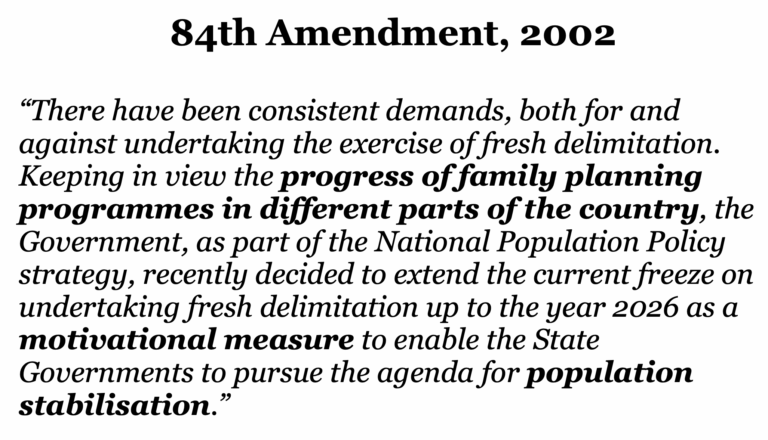
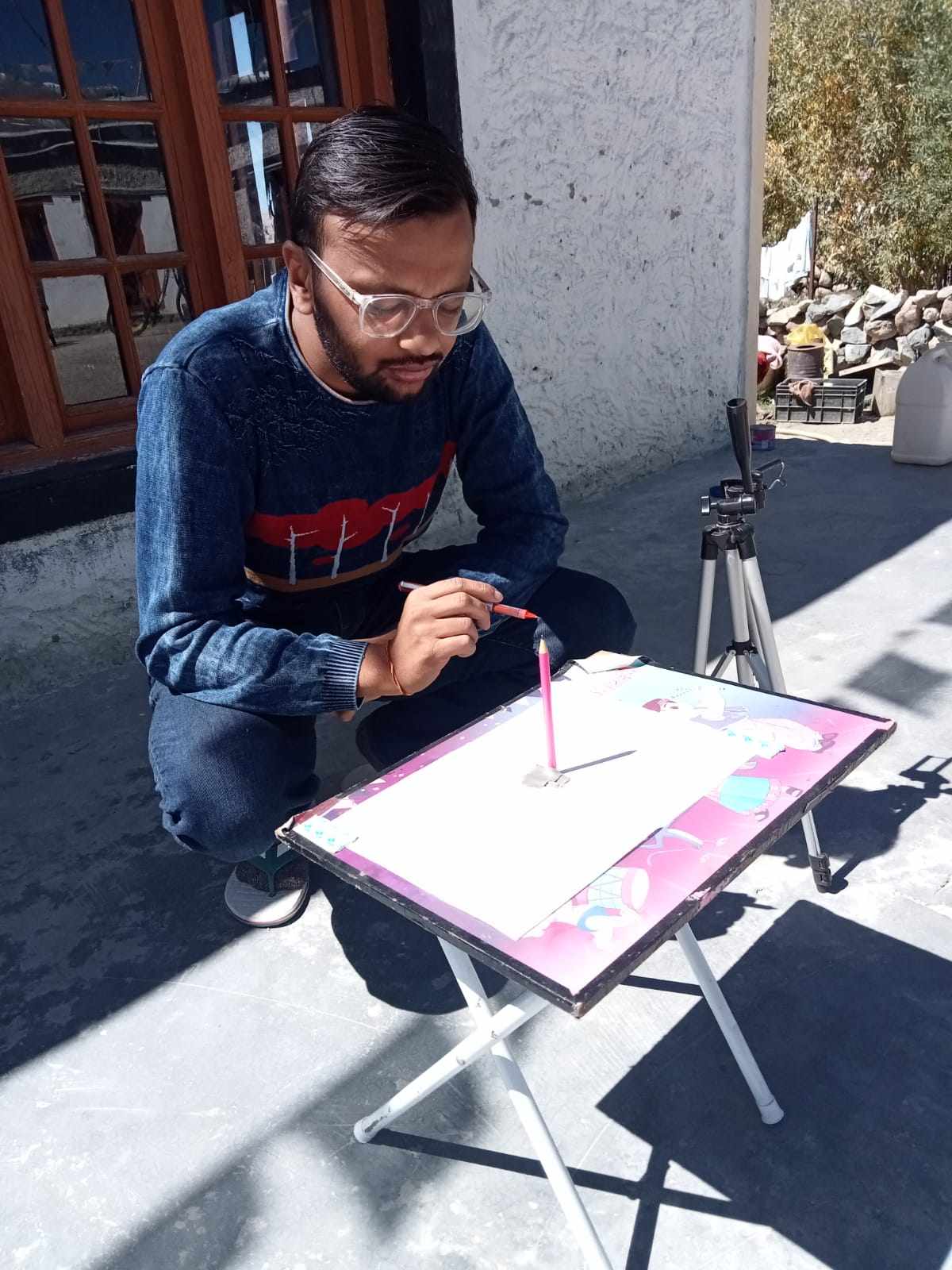
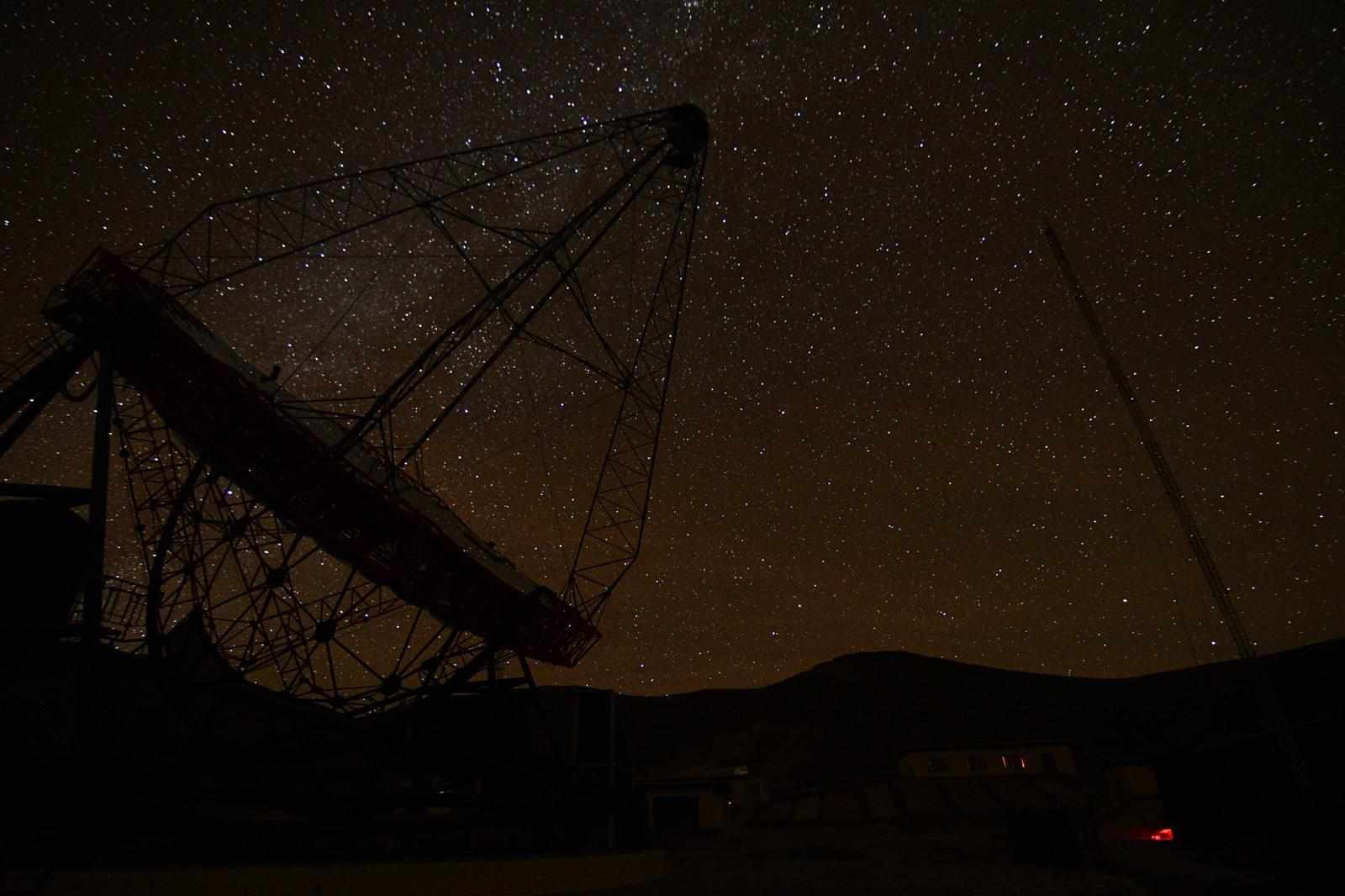

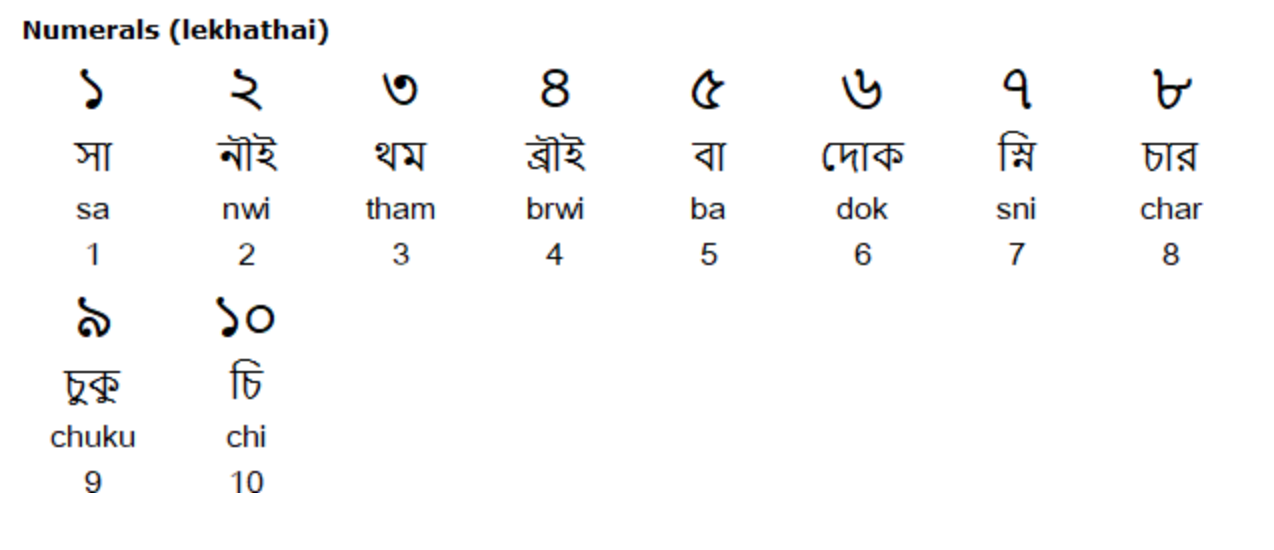
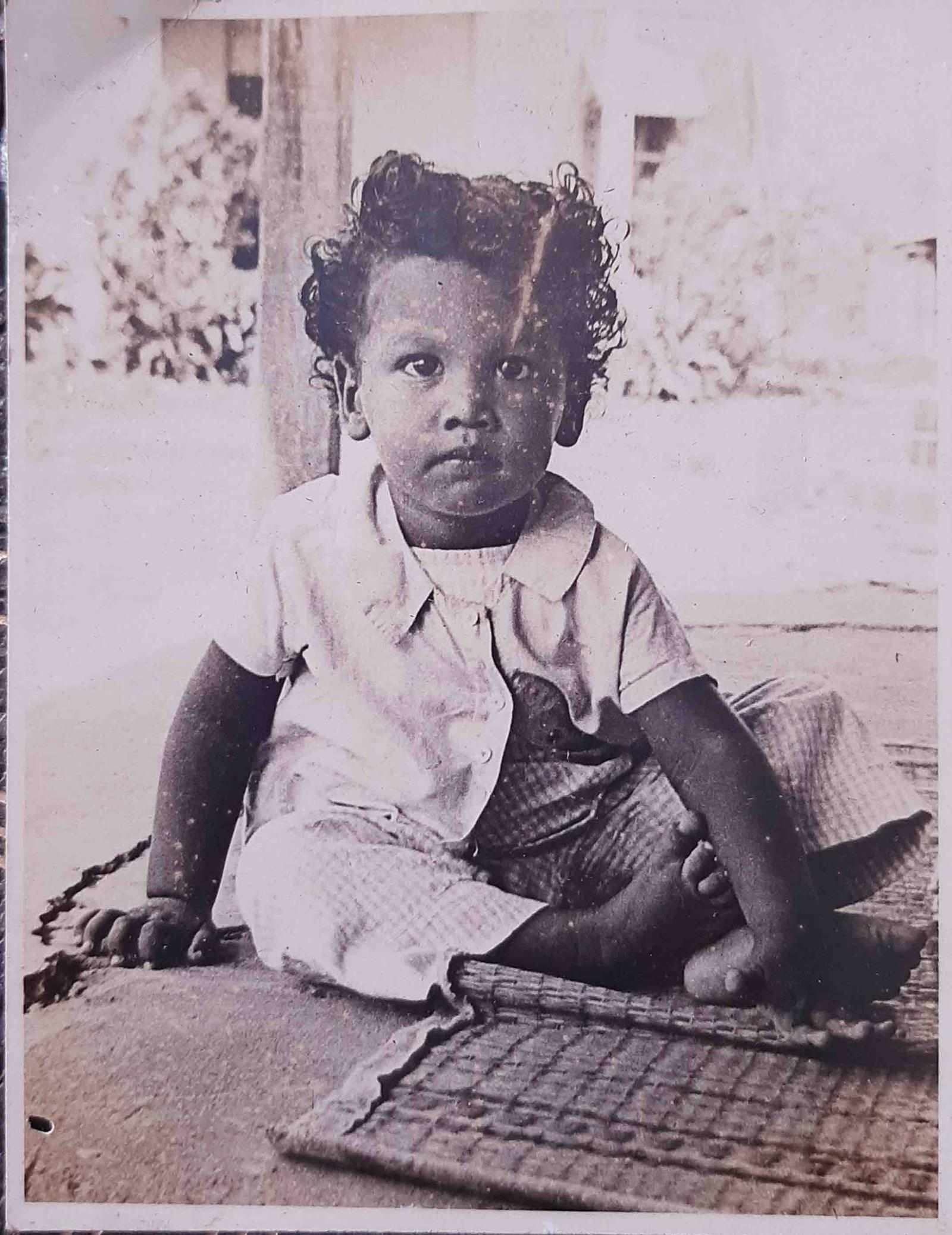

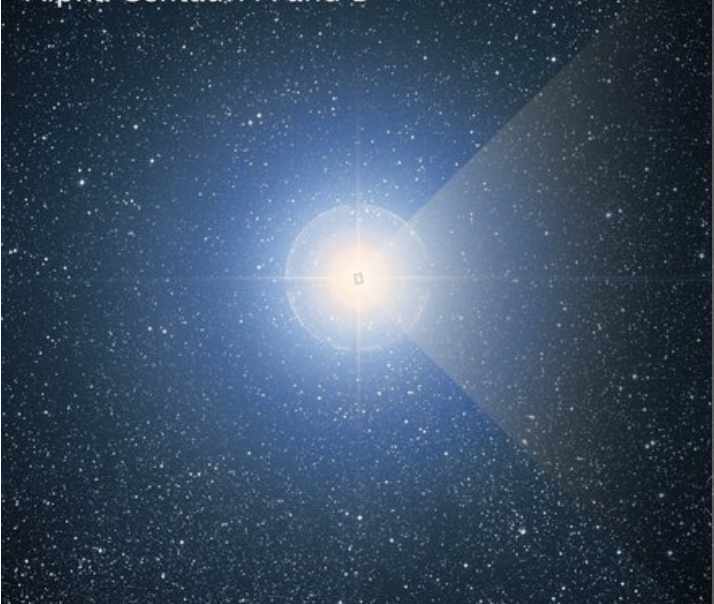






Write a comment ...